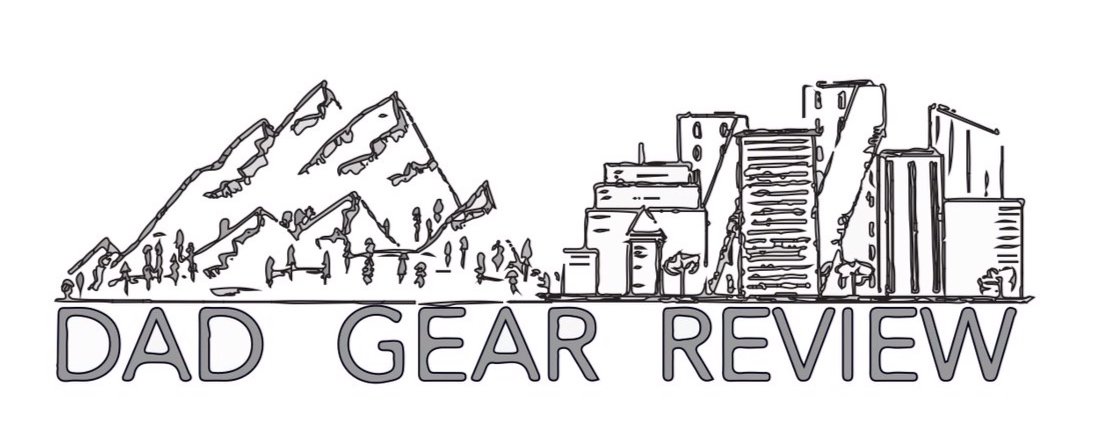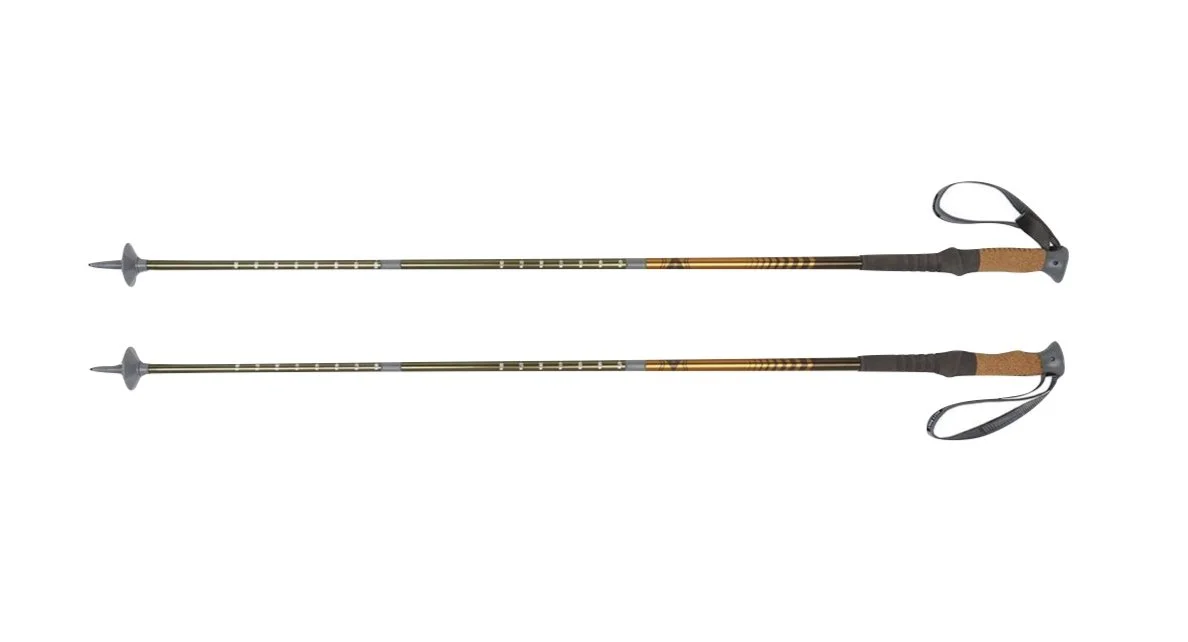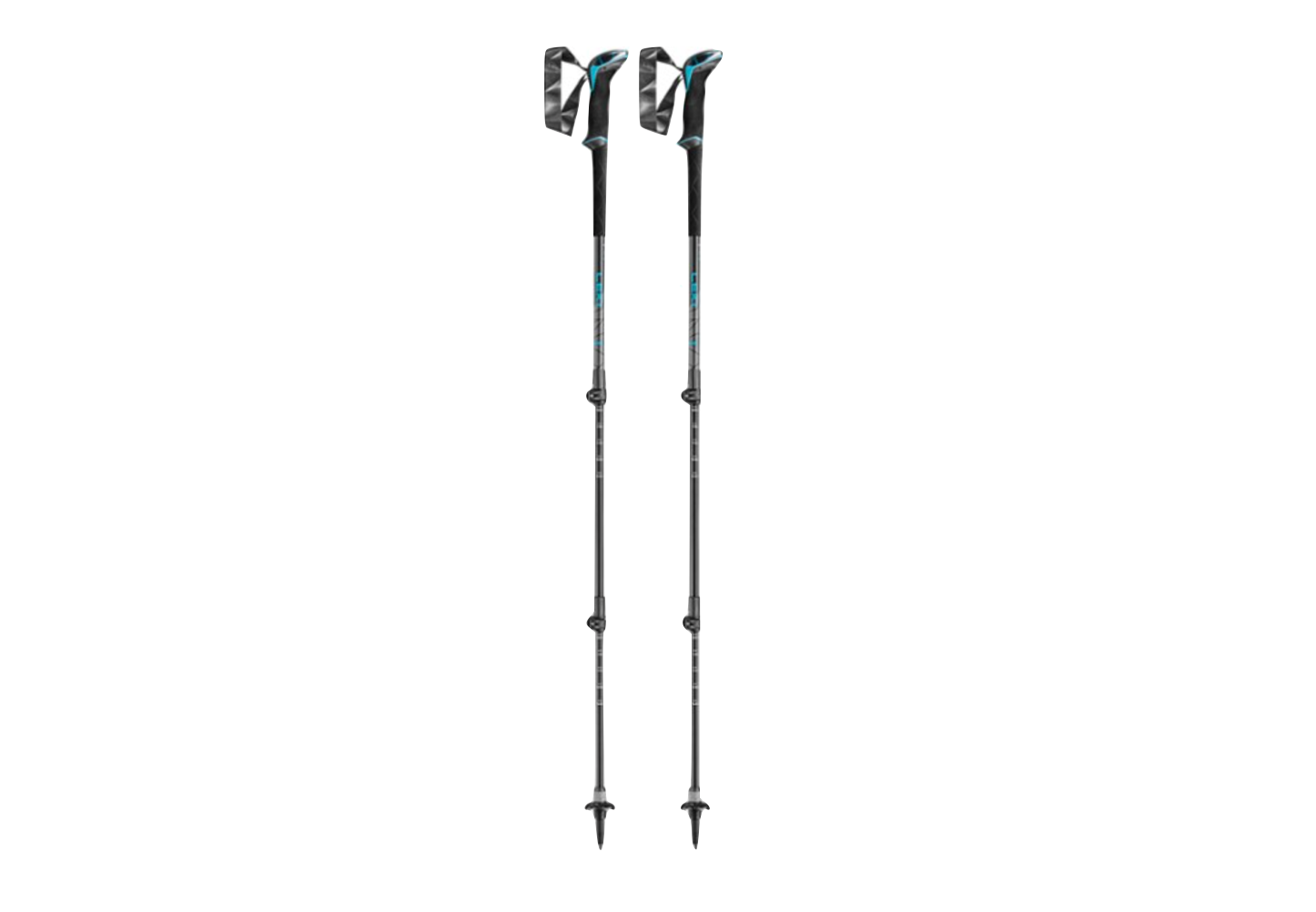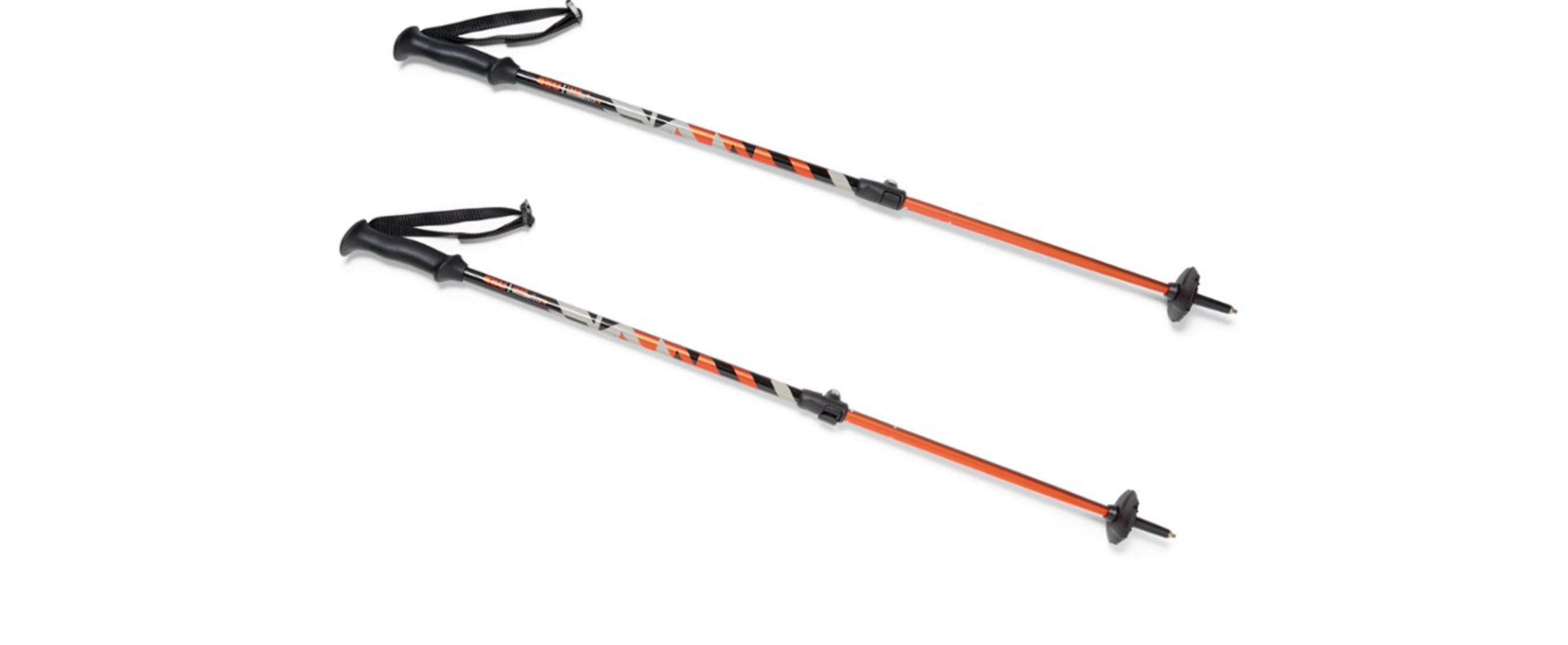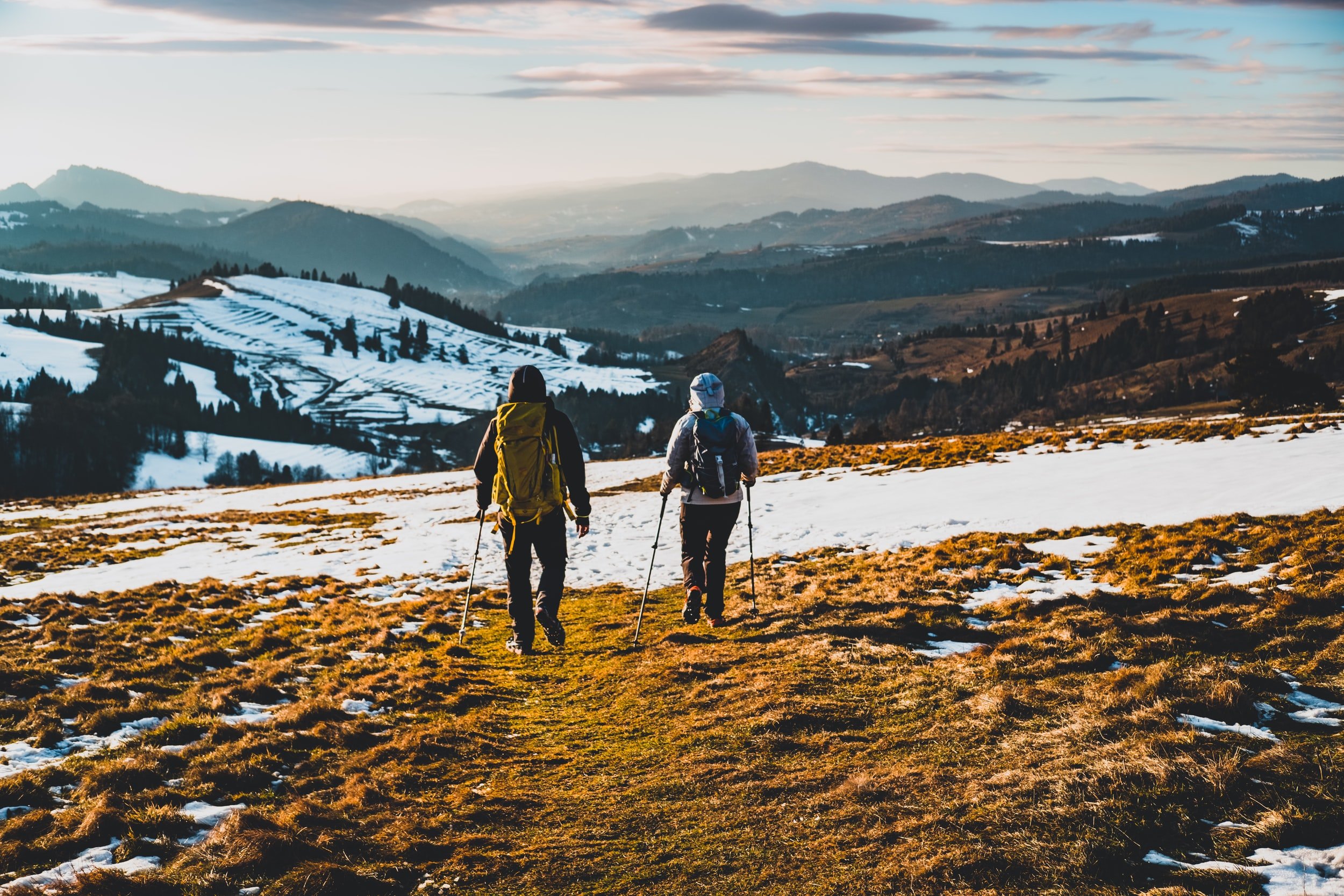
Trekking Poles: What They Are and Why They Are Important
A good number of years ago, shortly before I had children, a friend and I, both of us decently experienced mountaineers, were putting together a gear list for two mountain novices who would be joining us on an ascent of Mt. Whitney. As we went back and forth adding to the list, writing down a suggested base layer here, a camp stove there, a good headlamp, adding pack recommendations, and on it went, at one point I realized we’d neglected to add hiking poles to the list.
“I mean, those go without saying, like whiskey for the summit,” my friend Chris remarked. And in some way, he was right: anyone who has completed even a few difficult treks using trekking poles would never again endeavor to hike over rough terrain or up steep grades without them – they do indeed become a given. On the other hand, trekking poles are far too often an oversight on the gear list of less experienced adventurers.
You can think of it like this: until you have hiked using trekking poles, you don’t know how wonderful a tool they are; once you have used them out there, you will feel underequipped if you ever head out without them again.
What are trekking poles? They are in essence the modern walking stick, albeit most always used in pairs, unlike that one gnarled wooden staff a robed wanderer of yore may have leaned into as he traversed ancient, misty lands, to go way too far with the imagery. The best trekking poles are collapsible – they can fold into segments or collapse down like a telescope – and lightweight, yet they can support plenty of weight as you lean down onto them, much of your weight, plus that pack on your back, easily supported.
Used properly, trekking poles offer three primary benefits. First, they help take some of the workload off your feet; by creating a point of contact between each hand, you can literally carry some of your weight (and gear load) with your hands, arms, and shoulders, and for doing so, your feet, legs, and hips will thank you. Hiking poles can also reduce the strain on ankles and knees, helping prevent chronic injuries.
Second, trekking poles greatly enhance your stability. When you have multiple points of contact on ground that may be wet, slippery, unstable, or uneven, a slip of one foot is a lot less of an issue thanks to those many appendages you can use to stay upright. And that can help prevent acute injuries.
And third, hiking poles become a multi-use tool that can help in many ways out on the trail. You can use them to probe the ground and check its stability. You can use them to push thorns or brambles out of the way. They can help you erect a temporary shelter beneath a poncho. They can be used as posts onto which you lean during a trail break. And, in extreme cases, they can be used as you defend yourself from aggressive wildlife – though let’s hope that use is never needed.
When choosing the right trekking pole for yourself, make sure you choose a pair long/tall enough that you can grip its handle with your arm bent 90 degrees at the elbow while you are standing upright – and with boots on. And in fact, the pole should be at least a bit longer than you need at its full extension, as you don’t want to use a trekking pole that you’ll need extended to its max, as this can reduce its tensile strength.
If you’re on the fence about buying a good set of hiking poles, you can go for a hike using your old ski poles first and see how much of a benefit they offer. Then, I’m willing to bet, you’ll be back to check out a few of the best trekking poles we have tried and see if they might be a fit for you.
Dad Gear Review’s Two Cents on a Few Great Pairs of Poles for Trekking
Kelty Range 2.0
Rugged and durable and big enough for an adult standing 6’4” or even a bit taller, a Range 2.0 nonetheless weighs just 11 ounces per pole. The blended cork and foam grips remain easy to grasp even in wet conditions. Or sweaty ones.
Leki Makalu Lite AS
These poles are not playing free and easy with the wording when they call themselves “lite.” The pair weighs just 18 ounces, so that’s just nine ounces for a single pole. But don’t be afraid to jam that carbide tip down with plenty of force: they can take it, and they’ll keep you upright and moving while they do.
REI Co-op Tarn Trekking Poles for Kids
Kids deserve great gear, too, so get them set up with a pair of poles just like mom and dad. They’ll be a bit safer, and they may be able to log a mile or two more, also. These poles are easy to adjust and will serve most young trekkers into adolescence.
